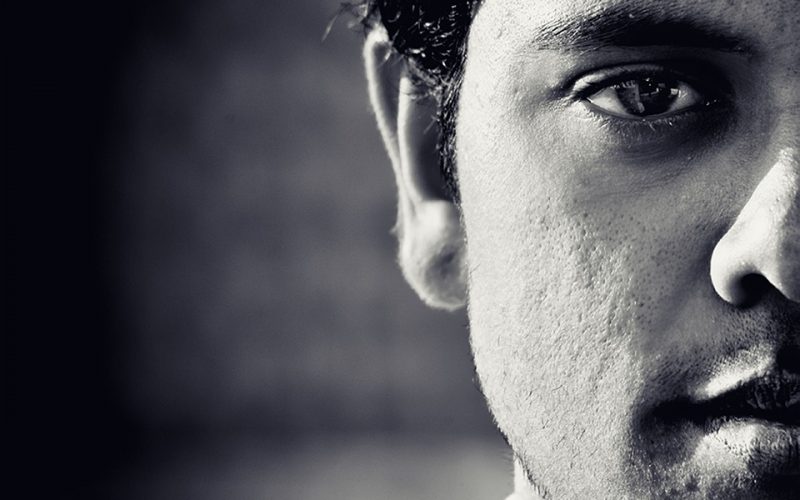Abusive relationships trap individuals in cycles of fear, hope, and despair. Escaping such a situation is a harrowing but vital decision - one that marks the beginning of a battle for freedom and self-worth.
Understanding the cycle of abuse
Many relationships begin with a honeymoon phase, filled with love and promises. But for some, this period reveals itself to be a deceptive calm before the storm of abuse—be it emotional, physical, or both. The cycle of abuse usually evolves gradually, making it difficult for the victim to recognise and escape. The abuser ensnares through manipulation and control, which could stifle one's self-esteem and sense of reality. To break free from this damaging cycle, the victim needs to understand the nature of abuse and its impact on their mental and physical well-being.
Navigating the intricate escape plan
Leaving an abusive partner is a complex process. Escaping danger requires careful planning, strategic thinking, and a support network. Resource gathering—for instance, securing financial resources, finding accommodation, and reaching out to support services - is a critical component of the escape plan. Understanding one's legal rights can also pave the way for a safer departure. For many survivors, the act of leaving is the most perilous time, and so it must be approached with due diligence and caution.
The emotional turmoil after departure
The immediate aftermath of leaving an abuser can be an emotional rollercoaster. Many survivors battle conflicting emotions: relief at having escaped intertwines with fear of what the future holds. There's often grief for the relationship that was or could have been, along with shades of self-doubt and shame. It is important to realise that these emotional responses are entirely natural and acceptable. Healing is not linear, and recognising the emotional upheaval as part of the recovery is crucial.
Rediscovering self-identity and worth
In rebuilding one's life after an abusive relationship, it's essential to reinvest in self-identity. Abuse often strips individuals of their sense of self, leaving them unsure about who they are without their abusive partner. The recovery process might include therapy, support groups, or simply exploring neglected interests and passions. Healing involves learning to value oneself, establishing personal boundaries, and understanding that one deserves a life free from violence and intimidation.
The role of support systems in recovery
A robust support system is invaluable in leaving an abusive relationship and the ongoing process of healing. Support comes in various forms - family, friends, therapists, or support groups. These networks provide emotional solace as well as practical assistance. For many, specialist domestic abuse services offer guidance, advocacy, and the empathy of those who have walked similar paths. Survivors should never undervalue the power of a community that understands and upholds their right to safety and respect.
Moving forward with newfound strength
Moving forward from an abusive relationship is a testament to an individual’s resilience and strength. With each passing day, survivors often discover a newfound sense of empowerment. Despite the scars, there's beauty in the growth that follows trauma. Many survivors foster a renewed sense of purpose, using their experiences to help others in similar situations. In essence, escaping an abusive relationship is not just about survival—it's about rediscovering oneself, building a future, and perhaps, in time, finding the hope to love again with trust and safety as non-negotiables.
Escaping an abusive relationship marks the beginning of a treacherous yet triumphant personal expedition. For those in the midst of this struggle or considering taking this step, the message is clear: there is help, there is hope, and a better life, one filled with dignity and peace, awaits. Each step taken away from the abuse is a brave move towards a life deserved—a life brimming with possibilities and void of fear.





















